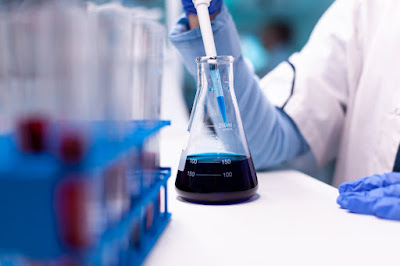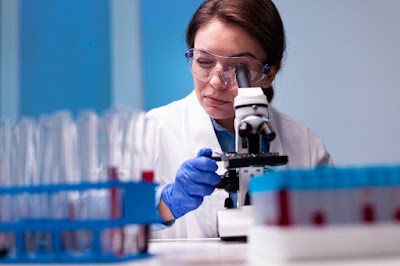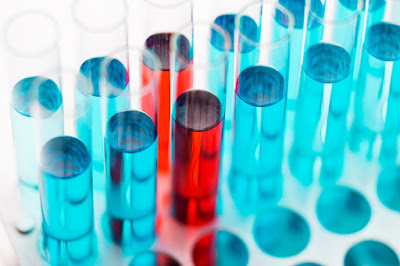What is the different method validation of performance characteristics?
Specificity/ selectivity
As
per the ICH Q2 guideline, specificity is the ability to assist unequivocally
the analyte in the presence of components that may be expected to be present.
Typically, these might include impurities degradants matrix, etc.
As
per the international union of pure and applied chemistry defined selectivity
is the extent to which the method can be used to discover particular analytes
in mixture or matrices without intervention from other components of similar
behavior. Definition of the various document more or less agree with this
interpretation. The international union of pure and applied chemistry recommended
the term selectivity. While the pharmaceutical sector uses the specificity of
analytical specificity and diagnosis specificity as used in laboratory
medicine.
The limit of the detection
It
is the lowest quantity of analyte in a sample that can be identified but not
necessarily quantified as an exact figure. Various documents used different
terminology like the limit of detection (LOD), detection limit (DL), minimum
detectable net concentration. Definition of the various documents more or less
agree with this interpretation.

Limit of quantification
Is
the quantitation limit of an individual analytical procedure the lowest amount
of analyte in a sample that can be quantitatively determined with suitable
precision and accuracy? It is a parameter of quantitative assays for low levels
of compounds in sample matrices and is used particularly for the measurement of
impurities and degradation products. Various documents used different
terminology like the limit of quantification (LOQ), quantification limit (QL).
Definition of the various documents more or less agree with this
interpretation.
Linearity & range
Linearity
is the ability of an analytical procedure to elicit test results that are
directly or by a well-defined mathematical transformation proportional to the
concentration of analyte in samples within a given range. Linearity refers to
the linearity of the relationship between concentration and assay
measurement.
The
range of an analytical procedure is the interval between the higher and lower
levels of analyte including the levels that have been exhibited to be
determined with a suitable level of precision accuracy and linearity employing
the method as written. The lower end of the range is bounded by the limit of
quantification (LOQ) the upper end of the range is defined by concentrations at
which significant anomalies in the analytical sensitivity are observed. Various
documents used different terminology ranges or working ranges.
Accuracy
As
per the ich q2, the accuracy of an analytical procedure means the closeness of
agreement between the value that is accepted either as a conventional true
value or an accepted reference value and the value found. As per ich
guidelines, the accuracy is unbiasedness termed trueness only.
While
the international vocabulary of metrology whim and documents of the
international organization for standardization iso accuracy has a different
meaning. In ISO, accuracy combines the concepts of unbiasedness as trueness and
precision.

Precision
It
indicates the closeness of verifying the degree of being scattered between a
series of measures obtained from multiple sampling of the same homogeneous
sample under the guided circumstances. It may be considered at three levels
repeatability, intermediate precision, and reproducibility.
Repeatability
shows the precision under the same operating circumstances over a short period.
Repeatability is also termed intra assay precision.
Intermediate
precision shows within laboratories variations in different days with different
analysts or even with different equipment etc.
Reproducibility
shows the precision between laboratories and collaborative studies usually
applied to the standardization of methodology.
Robustness/ ruggedness
It
is defined as a measure of its capability to remain unaltered by small but
intentional variations in method parameters and provides evidence of its
reliability during regular usage. Robustness for showing the stability of the
method against modest modifications of the intrinsic method parameters and
variability of the sample matrix. Ruggedness is the stability of the method
against external influencing factors. Some guidelines use the term robustness
and some use ruggedness when used together these terms are treated as synonyms
in most cases.
Test your learning
Quantification
of limit is the lowest amount of sample that can be determined with
acceptable.
- Precision and accuracy
- Accuracy only
- Precision only
- None of the above





Comments
Post a Comment